| 1 | Snake wine |
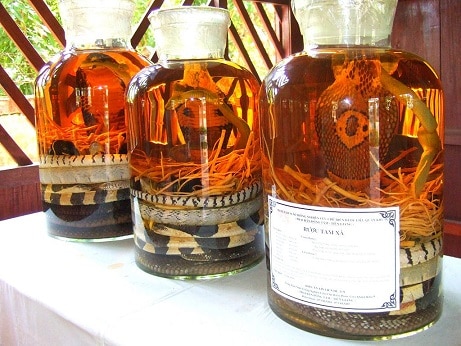
In far east Asia, the Chinese have discovered a way to improve the fine beverage of wine: stick a whole snake in it. Snake wine is a rampantly popular beverage in China and Thailand to this day. Certain species are especially popular, like the harmless green vine snake, which is so thin it can easily be coiled inside a bottle. Venomous species like Chinese cobras (Naja atra) aren’t ignored either.
Instead of a dried snake being ground into a powder or liquid, and then added, snake wine features an entire dead snake in the bottle, packed in rows on store shelves. The goal is to diffuse the essence of the snake into the entire wine, imbibing it with potent medicinal properties, as outlined centuries ago by Traditional Chinese Medicine. Drinkers will take a small sip each day, ignoring the dead serpent staring back at them.
Snake wine is said to benefit arthritis, sexual dysfunction, and provide a general boost of vitality. This “harmless” beverage isn’t always so harmless, as in 2013, one woman was bitten by a cobra in a snake wine bottle, which she’d been sipping from for 3 months without issue.
| 2 | Herbal remedies that work |
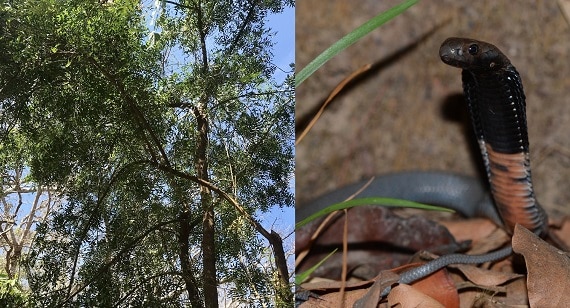
Scientific antivenoms in glass vials were only manufactured in the mid-20th century, and there’s no way that terrorised villagers were waiting that long. Obscure plant and folklore remedies can be found all over the world. Some are likely nonsense, such as the Maasai tribe of Kenya, who recommend cutting off a sheep’s ear and applying the blood, to treat black-necked spitting cobra victims.
Some are still being debated, such as milk. Congo villagers advise spitting cobra victims to seek out a nursing mother so that she can squeeze her breast milk directly onto their eyeball. But there’s a surprising amount of folklore remedies which are now being backed up by science, and proven to have been worthwhile all along. In northern Nigeria, the Hausai tribe recommends Indigofera pulchra against black-necked spitting cobra bites, a small branchy shrub. A 2006 study found this shrub to block the venom’s anticoagulant, haemolytic, and phospholipase A2 dangers, with an overall protection in mice of 33.3%.
Neem is one of India’s famous medicinal trees, with its dried bark popular in skincare. A 2012 study proved that the bark is protective against black-necked spitting cobra venom, reducing necrotic lesions and the quantity of haemolysis (red blood cells bursting).
| 3 | Used as weapons |

Snakes are living, slithering toxin arsenals which can kill a man within hours and incapacitate him within minutes. Over the ages, various tribes have exploited these qualities for warfare purposes. For example, warring Mayan armies in southern Mexico would position their settlements behind forests which they knew were infested with fer-de-lances (Bothrops asper). This 120-200cm species is called the “ultimate pitviper” as it has a venom yield of 310mg and causes severe haemorrhaging. The enemy armies would be forced to march through a forest of nightmares, or go around the forest and follow a route which was presumably much better defended.
Another case is the Javelin boa, an 80cm burrowing species of Turkey and Greece. Some believe that they were named for their hunting style, where they leap at mammals from a buried position in soft soils. But other scholars believe that Ancient Greek armies once hurled them at their enemies in battle, to unleash mental terror and chaos.
Self-inflicted harm also pops up. Cleopatra committed suicide via a snake smuggled into her quarters in a fruit basket. The species is believed to be either an Egyptian cobra or a Saharan horned viper.
| 4 | Ice ages: the father of new species |
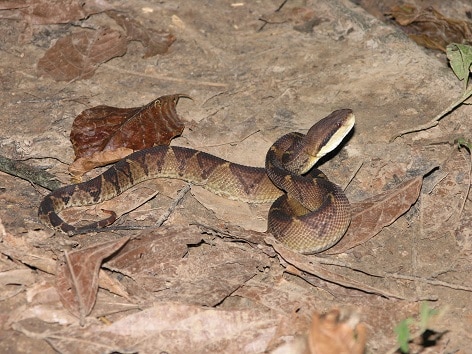
There are nearly 4000 living snake species, and one factor behind this giant total is fluctuations in the Earth’s climate. Ice ages are particularly impactful. If a colony of one species gets trapped behind colossal, grinding glacial sheets, that leaves them free to diverge down a new evolutionary path. Garter snakes are a great example, as there are many lookalikes in the US which live alongside each other, such as common and plains garter snakes in Ohio. These are virtually indistinguishable, yet fully independent. In reality, they have a common ancestor which was separated in ice age US. By the time the glaciers melted and they were reunited, they were too genetically distinct to interbreed.
Pleistocene ice ages also affected the scarlet snake, forcing one group to take refuge in southern Florida and another group in deep Texas. These subtly diverged, until becoming independent species, with the split occurring an estimated 4.86-1.37 million years ago. The eastern and Texas coral snakes likely followed a similar path, and perhaps the east and western diamondback rattlesnakes.
The reverse can also happen – sea level rises which sink land bridges. The Central American bushmaster is believed to have separated from Chocoan bushmasters 6.5-18MYA, after rising global temperatures severed Panama, separating Central and South America. The two species now overlap in western Colombia, but spent too long apart to be genetically compatible.
| 5 | Medications extracted from venom |
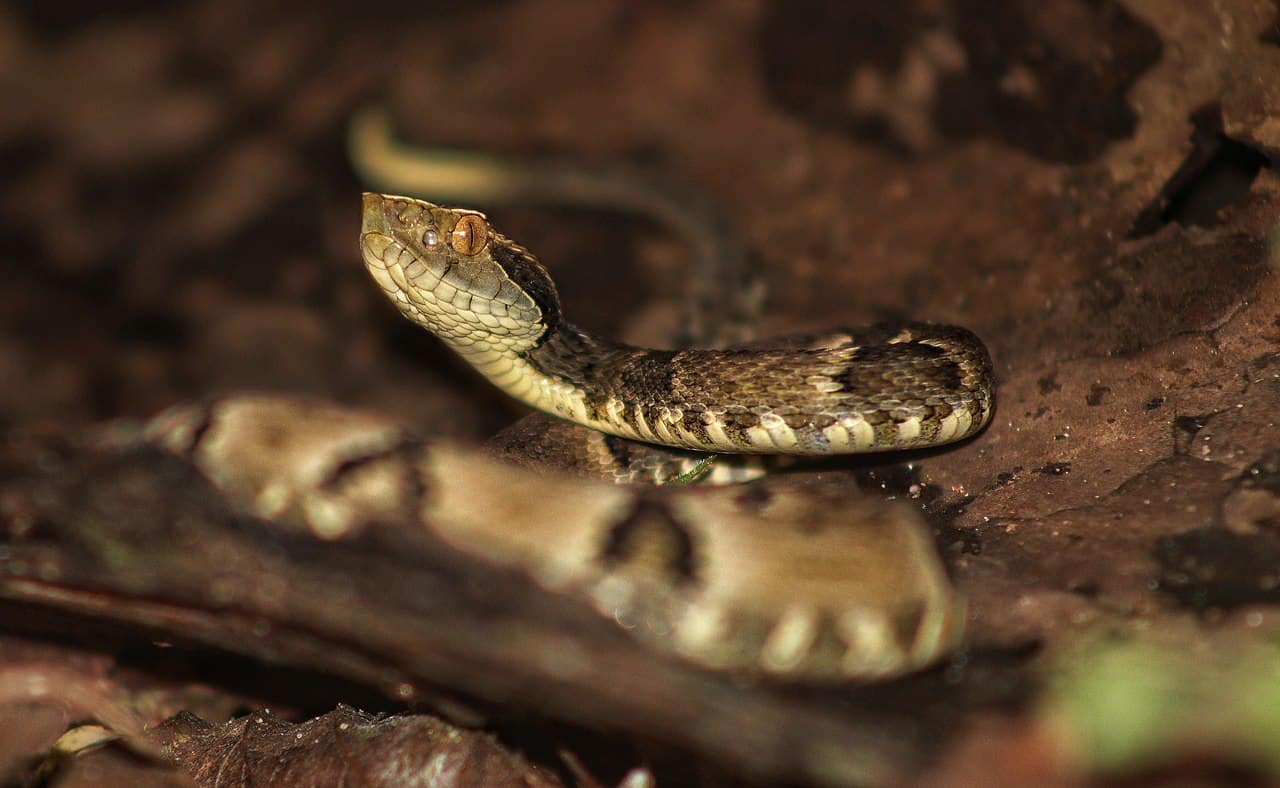
Snakes kill their victims by dissolving all blood clots, and causing blood pressure to plummet like a severed elevator. It sounds horrible, but in small doses, these problems are exactly what doctors are searching for. There are thousands upon thousands of unique toxins identified in snakes. Analysing them is like rummaging through a treasure chest which contains mostly dull copper, but the occasional piece of shiny gold.
Captopril was authorised by the FDA in 1981, and was one of the first medications extracted from snake venom. It was reverse engineered from a toxin found in the jararaca, a deadly pitviper common near Rio de Janeiro. The medication causes a blood pressure drop by blocking Angiotensin-II, a chemical which causes blood vessels to constrict. This is normally fatal, but was repurposed for medicine by scientists.
In the Indian saw-scaled viper, scientists believe there may be a secret antidepressant hidden. In an experiment where rats were given an oxidised version of the venom, they became more alert and faster at escaping a water maze compared with controls. The Malaysian blue coral snake paralyses victims in minutes, by causing sodium channels to overfire at once. These channels also control pain, which could be useful for chronic pain patients, if scientists find a way to reverse engineer the toxin (calliotoxin).
| 6 | Caribbean boas |
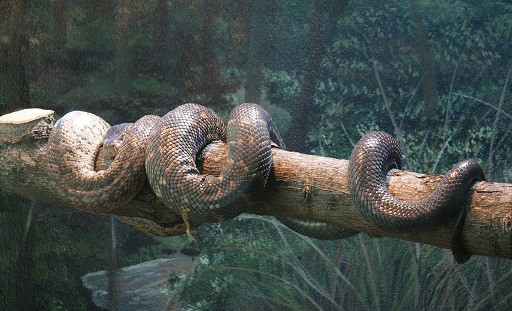
The boa constrictor is one of the world’s most common snakes. Its empire is enormous, covering most of South America, well into Argentina (mostly because it isn’t reliant on trees). Then you have the Caribbean, which is like a mini boa community, where each island hosts its own individual species. Characters here include the Cuban boa, a huge species once reported to breach 6 metres. There’s the golden yellow Jamaican boa, and the bat-loving Puerto Rican boa, which is found in dripping limestone caves. More obscure versions include the Conception Bank silver boa, which is indeed fully silver.
There’s no overlap, or tiny overseas colonies: the Cuban boa appears only in Cuba, the Jamaican boa only in Jamaica, and so on. Each boa has its own domain which rivals won’t dare to step into.
Unlike the continuous realm of South America, these have became separated into islands, allowing a variety of boa species to evolve. It’s believed that Cuban boas and Jamaican boas diverged 17.3 million years ago, while Jamaican boas split off from Haitian ground boas 11.1MYA. The Caribbean boas are a collective genus called Chilabothrus, with 14 members, while boa constrictors simply belong to the genus Boa.
| 7 | 2016: complete family tree |
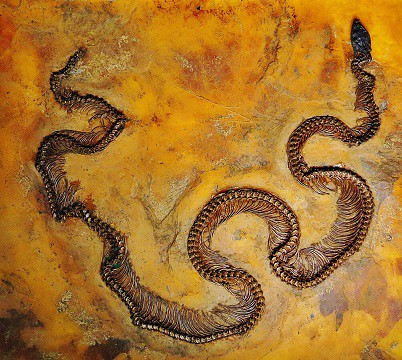
The snake order (Latin name Serpentes) has been around well before the dinosaur extinction. All snakes today evolved from one common ancestor, which possibly slithered beneath a stegosaur’s feet. Yet some species diverged just 1 million years ago, and others up to 100 million years ago.
There’s always been evolutionary trees of specific snake families around, but these were hard to find, buried in obscure scientific journals. That all changed in 2016, when scientists released a serpent nerd’s dream: a complete evolutionary tree of all living snakes. The tree included vipers, boids, and elapids alike, all with their mini clusters and exact divergence points.
The tree revealed facts such as that aquatic coral snakes are most closely related to ribbon coral snakes, among their 81 fellow family members. The mud snake of Florida is closely related to the sharp-tailed snake of California, while the Indian Russell’s viper, perhaps the world’s deadliest snake by annual death toll, is closely related to the horned viper of Greece. Some connections were obvious, like eastern and Texas coral snakes being each other’s closest relatives. Then there’s black mambas, which turned out to be a close relative of traditional cobras, diverging off before they became the hooded terrors they are today. You can find the tree here.
| 8 | The secrets of names |
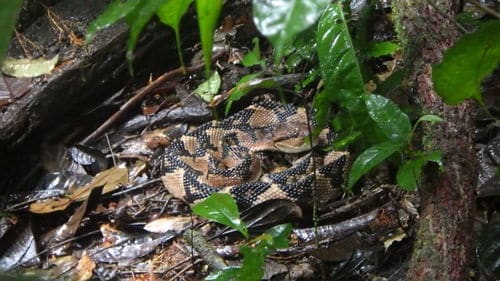
Many snakes have names with more subtlety than you’d expect. Puff adders are named not for puffing themselves up, but producing a weird noise like a burst of air to intimidate people. Their Latin name is Bitis arietans, and arietans translates as “to strike violently”. That’s exactly what they do – puff adders can kill a rodent with the sheer brute force of their pounce.
South American bushmasters have some interesting names. The main one references its strong tendency to lurk in undergrowth. “He roams absolutely master of the forest”, wrote early explorer Sir Edward Sullivan. The Latin name Lachesis muta references three sisters of Greek mythology, who assigned people their destiny, Lachesis being the sister who controlled lifespan. The central American version has the local name “matabuey”, which translates to ox-killer. Nobody’s sure where this name originated from, and it’s best not to ask.
Another is the timber rattlesnake, found in mild US woodlands, whose Latin name is Crotalus horridus. This species isn’t the deadliest, but can cause necrosis and disfigurement. This name is somewhat similar to the grizzly bear’s official title of Ursus arctos horribilis.
| 9 | The biggest venomous family |

The largest genus of venomous snakes is the American coral snakes (Micrurus genus), which have 82 members, with several discovered since the year 2000. The Crotalus family of rattlesnakes has 50+ members, and the Bothrops lanceheads (35+) rank highly, but you can’t beat this colourfully striped family of rainforest lurkers. The most northerly member is the Texas coral snake, reaching Arkansas, while Argentinian coral snakes reach the furthest south.
Most coral snakes specialise in neurotoxins. A few cause moderate local swallowing and necrosis, but this pales in comparison to the paralysis, laboured breathing, blurred vision, and drooping eyelids they unleash. Coral snakes focus on internal symptoms rather than local, and bite wounds can often be painless. Their paralysing ways are targeted against fellow snakes, which form a large chunk of their diet, except for a few outliers like the aquatic coral snake (which mostly eats fish).
Coral snakes have achieved over 80 forms in different regions of the Americas, and that isn’t counting the subspecies. Luckily, this common family is rarely aggressive. The vast majority of coral snakes will ignore you as long as you walk past and don’t touch them.
| 10 | Most snakes are barely researched |
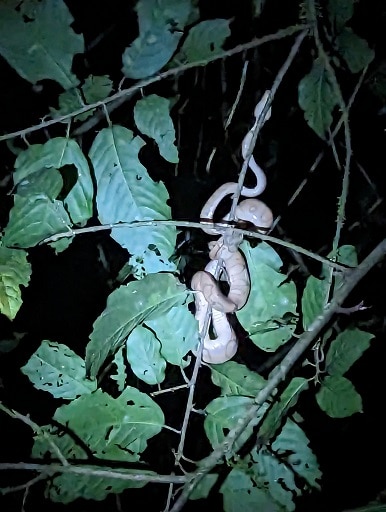
For every rattlesnake where we know its diet, habitat, and lifestyle inside out, there’s a colourful jungle snake about whom we know nothing. The majority of snakes on Earth have very little research to their name. With 3900 known species and 365 days in the year, there’s isn’t enough time or manpower to study them all.
For example, one study on the ringed tree boa lasted ten years, and only jotted down a few prey species (including bats). Some snakes are witnessed as a cocky-looking green face on a jungle branch, and then not seen for 40 years. Thailand and Malaysia have dozens of wolf snakes, kukri snakes and bronzeback species, and it’s barely known how their habitat preferences differ. The redbelly earth runner from the mountains of southern Mexico was only known from 3 individuals until the 1980s. That’s not even mentioning the Congo rainforest, a green sea of mystery.
There are also well known snakes with surprisingly little research, such as Philippine cobras and Javan spitting cobras. It will probably be hundreds, if not thousands of years before our knowledge of snakes is remotely complete.
